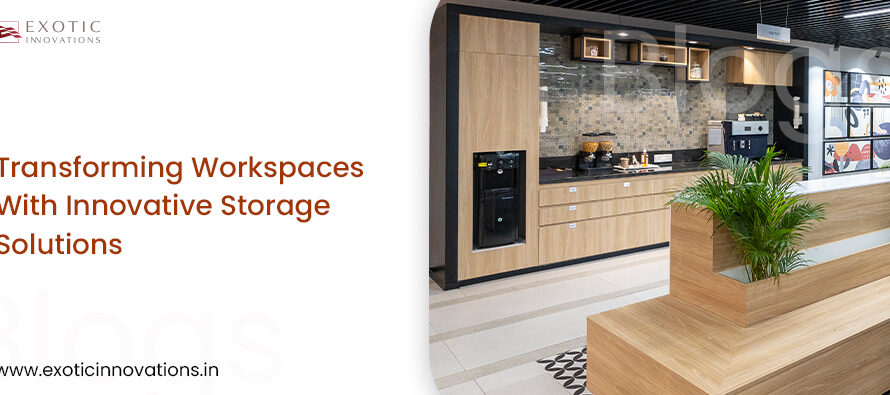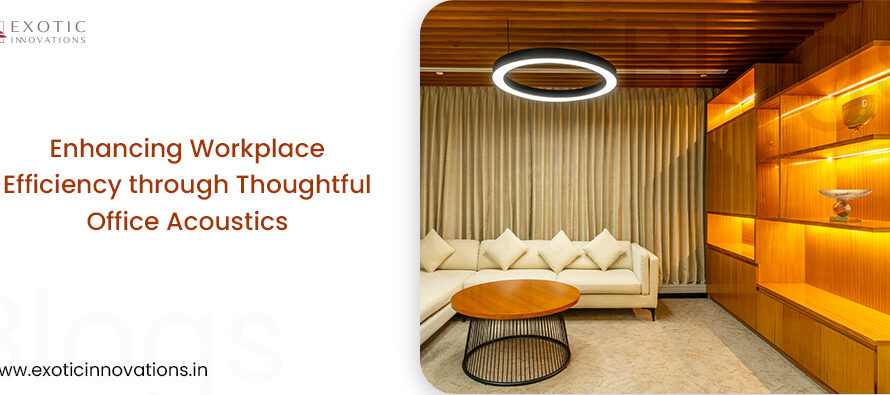The work we perform to sustain our lives is vastly different from the 1950s. Labour is dissipating in the modern age as a way of gainful employment as most jobs now depend upon the application of knowledge to create demand. The use of manual labour and strength as a skillset diminished to mere props- handshakes, filing, typing, and interactions. The service industry contributes to nearly half of the nation’s GDP employing around 15% of the workforce.
Yes, 15% may seem less compared to the percentage of people involved in agriculture and the informal sector. However, this should not hold us back from being open to changes in the workspace that benefit the employees and consequently boost the economy.
Workspace Design has come a long way with the longest strides made possible due to one event- COVID-19. This tail event did something that pop culture, petitions, and even mass movements couldn’t.
But how did the pandemic force change?
It altered our routines and inspired a eureka moment – can offices be more comfortable and flexible? Can they be exciting places to work and not somewhere we dread going?
This behaviour tagging affected employees post-pandemic as the work-from-home soon died out. People had to show up someday and when they did, they did not like what they saw. Cubicle farms, sharp partitions, the apocalyptic air-conditioned environment, insanely white walls, and the forced fabricated atmosphere.
But, some companies were proactive and implemented new designs and layouts in their old offices to make the commute worth it. Workspace Design is so very crucial presently that it can predict whether your company is going to have a good quarter or not. It can provide insights into the attrition rate, help track performance across departments, and even lower your recruitment costs.
In the context given, here are some of the most exciting workspace design trends:
1. Dynamic Office Layouts
Office layouts find their strength in unstructured spaces that are customizable for various interactions and focused work. An open-concept office design incorporates flexible workspaces where movement and cognitive association take priority while the elementary moral discipline of remaining in one place goes out of fashion.
Private spaces such as pods or the London Telephone Booth-like areas can be incorporated by adding a human touch with power sockets, a cozy atmosphere, and much-needed air. For compact office spaces, use flexible furniture – Ditch the heavy, large glass tables and fixed chairs. Opt for light, supple and movable tables and chairs with wheels.
2. Aesthetics Matter!
Why do you browse Pinterest? Aesthetic outfit ideas. Sunlit travel pictures. Gorgeous Bookshelves and a life quote here and then.
Why are we so selective about posting pictures on Instagram? Aesthetics. That perfect shot with the right amount of sunlight and shadow, with your hair wavy and recently trimmed eyebrows, focused.
Now, what makes you think that offices can be like the inside of a Maruti 800 and everyone will like it?
Pleasant office designs cannot be emphasised enough, especially after two years of working at home. You want everyone to feel as if they are in their home. Offices need to be the home away from home.
The idea of offices being synonymous with work is fast changing. Employees want to build healthy relationships with their colleagues. They look forward to events and plans. The break room culture has caught on along with offices introducing tasteful furniture where unwind- couches and bean bags to crash on and healthy food in the fridge to refuel. Some employees feel so comfortable that they opt to work in the break room. They like the background noise of paper shuffles, whispers, and the coffee machine whizzing.
3. Enjoy some office sun-kissed moments!
Two out of twenty-four hours in a day stand out. They are enchanting and enhance the surroundings that only Damien Chazzele could recreate. We are talking about the golden hour and the blue hour. The golden hour is one hour after sunrise and the blue hour is one hour before sunset, just before twilight.
Exposure to daylight is scientifically proven to increase our well-being and mood. It is an integral element of biophilia as it brightens the room and gives the space a glow. It is absorbed in the bloodstream infusing it with much-needed Vitamin D. The deficiency of Vitamin D is the latent reason behind most of our cognitive problems. The lack of motivation, constantly diverted mind, and the feeling of fatigue minutes into focused work.
Sometimes, it’s as simple as moving furniture away from windows to allow more sunshine to illuminate the space. Working in natural light changes your perception and makes work fun. It is a million times easier to work in natural light where your inner thoughts are mum and focus is drawn from the inexhaustible sources of sun-goodness. Strategic placing of mirrors, a light colour scheme, and plenty of windows will complement sunlight and make your office look like a dream.
4. The Wall
Walls serve the purpose of organising spaces and giving them an angular and structured look.
Nonetheless, on a side note they eavesdrop.
Companies can use walls to tell their story.
A timeline of milestones achieved or a rugged graffiti of company pioneers, their iconic speeches, and patterned embedded textures of the logo. These elements add ambiance to the office and communicate your culture to clients. Your company is not another entry in the Registrar. It is a phenomenon of which you and the employees are proud.
Start-ups choose to induce motivation by painting walls with quotes that instill a sense of purpose in the workers, preferably said by someone universally liked.
This technique taps into the tremendous power of visual appeal and the effect it has on the subconscious.
Liked our blog?
Tap into the latest designs and trends for your exotic workspaces with us now.



